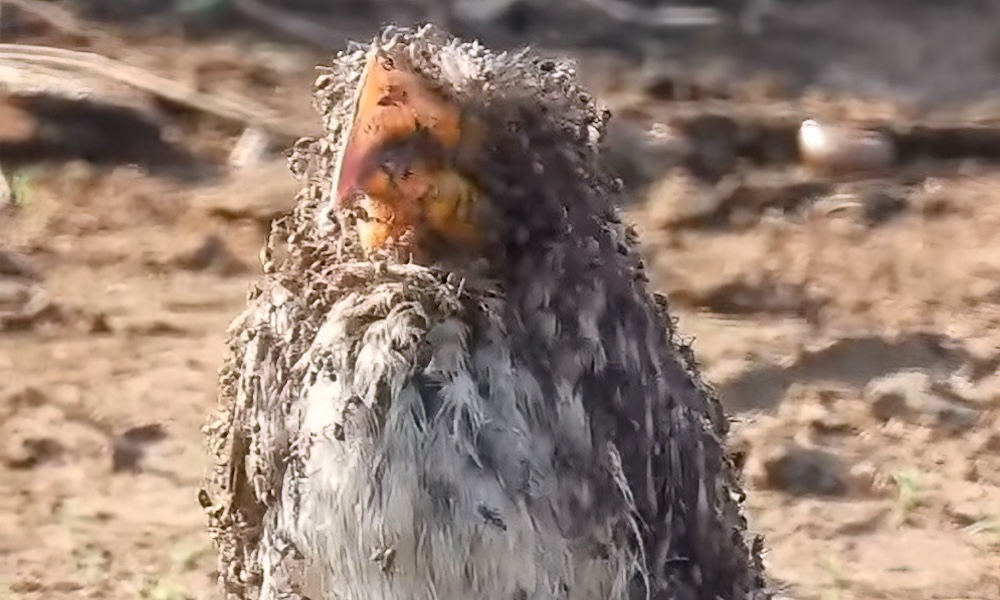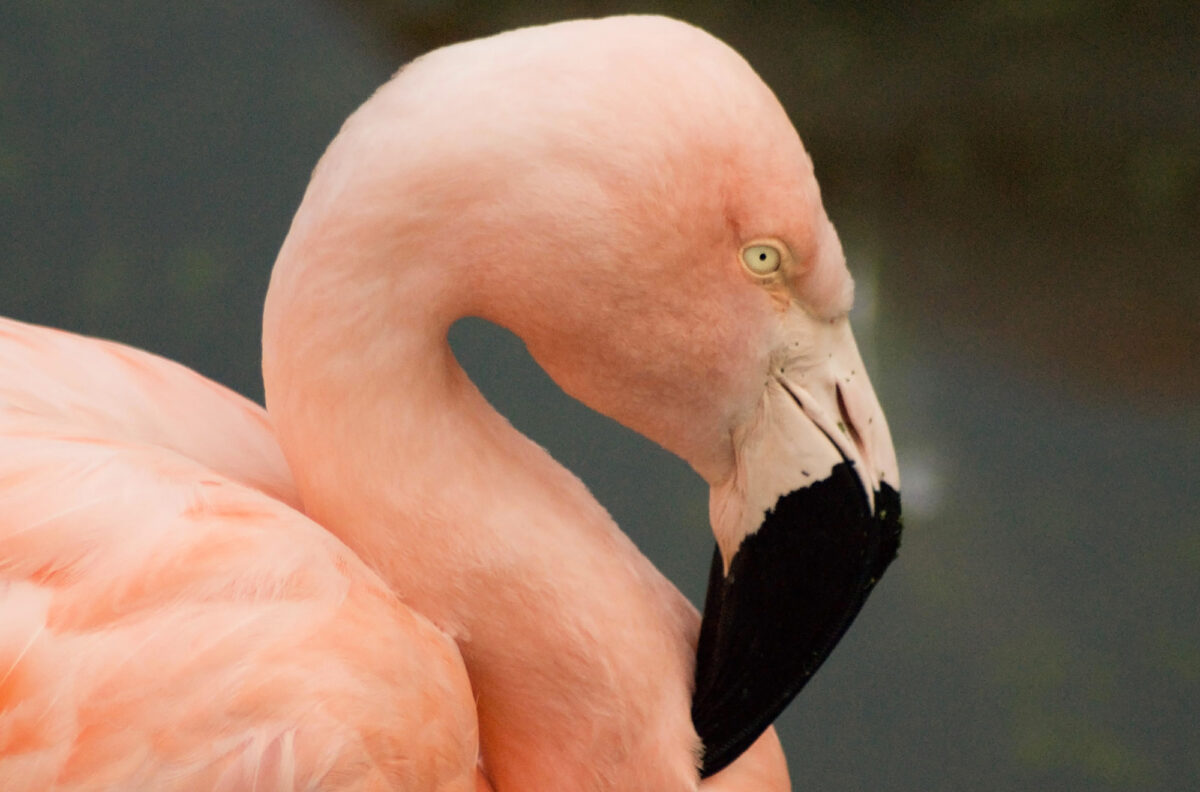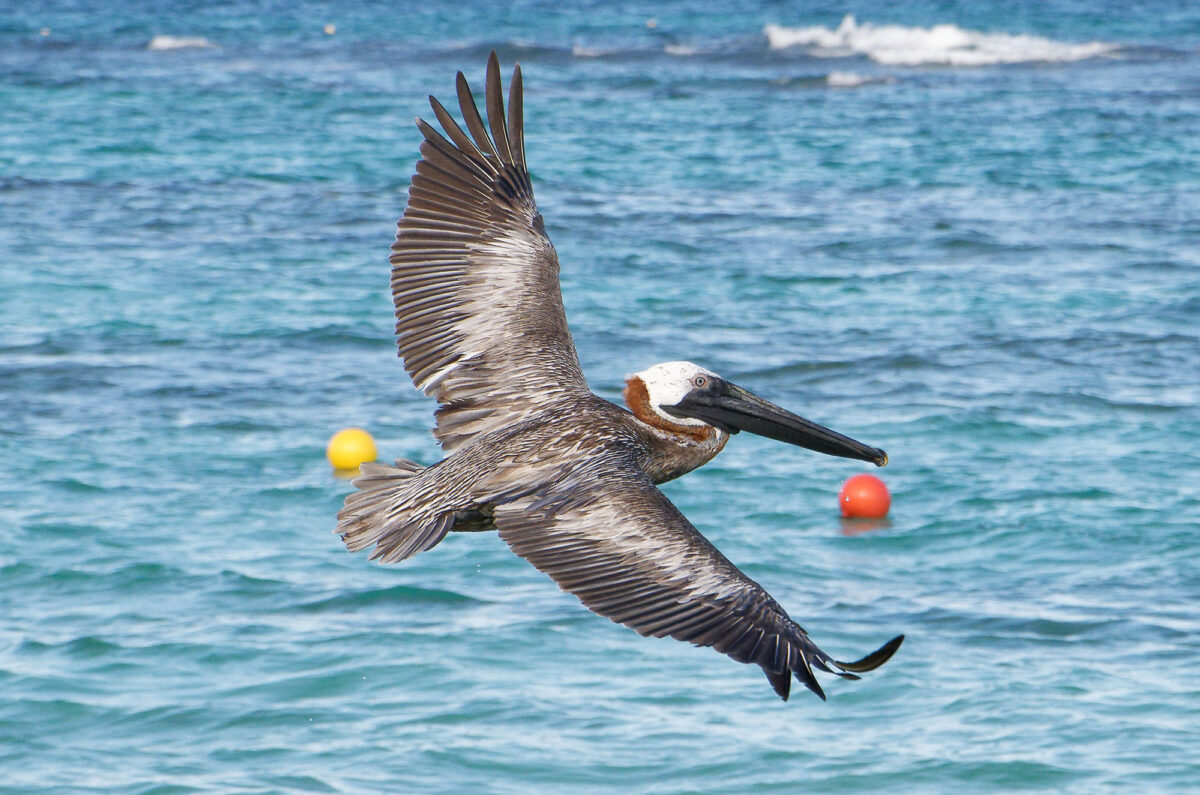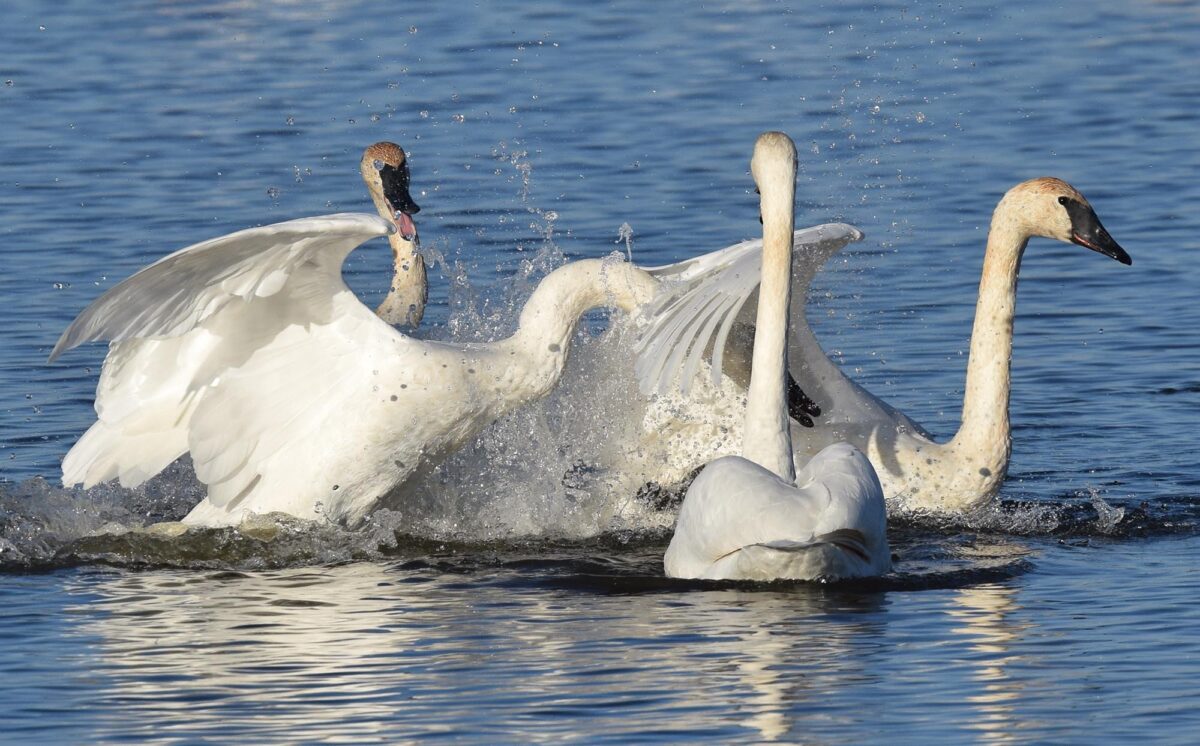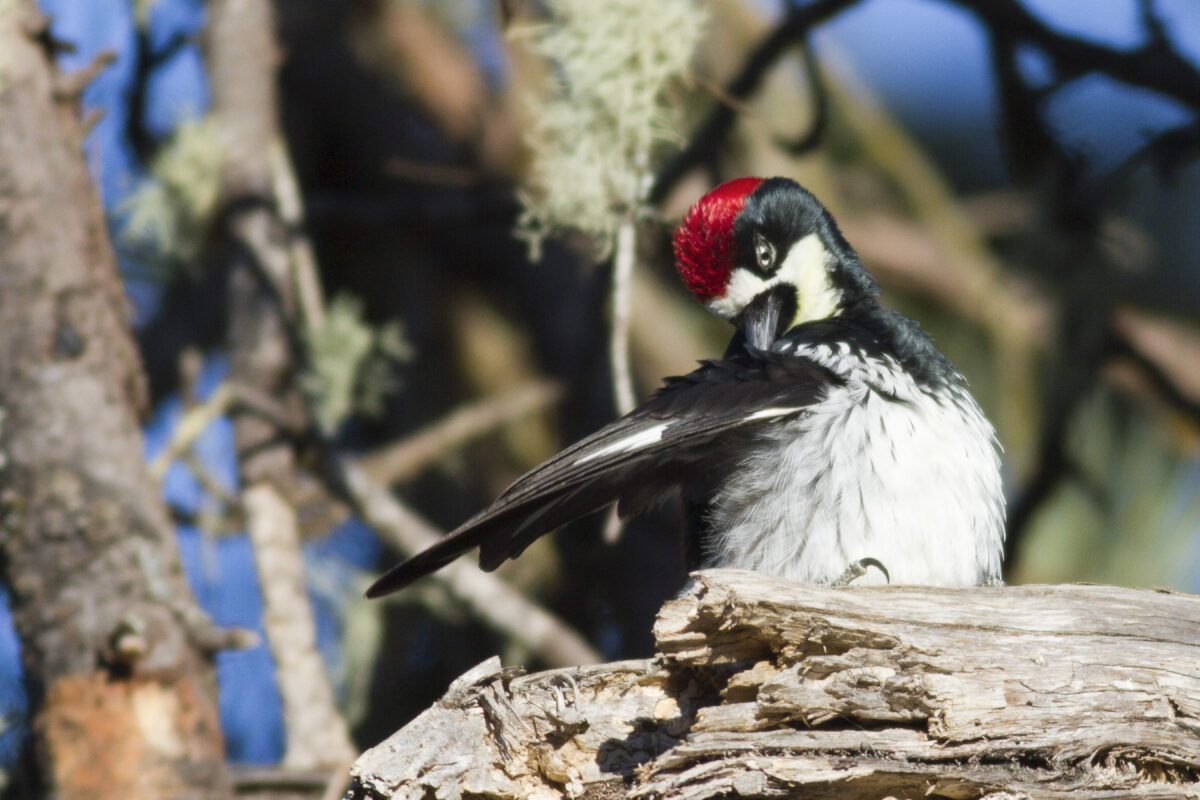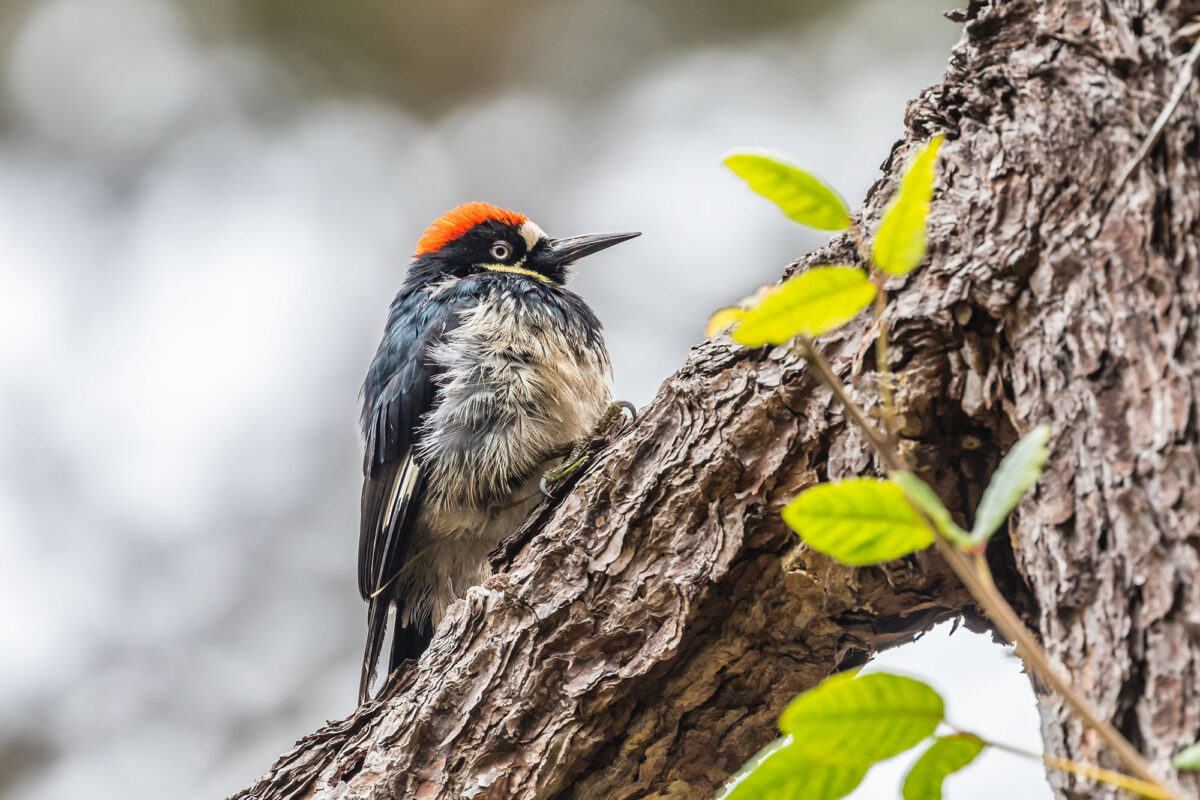A guide for a safari lodge in South Africa has captured extraordinary footage showing a large hornbill perched atop an ant hill while allowing the insencts to swarm over its body.
Yes, the accompanying footage might make your skin crawl. But this behavior is initiated by certain birds as sort of a spa treatment.
“This is very rarely seen but guide Zaan Snaps had an eagle eye this day and spotted a hornbill practicing a behaviour called anting!” Umkumbe Bush Lodge exclaimed Wednesday via Instagram. “This is when birds purposely sit atop an ants nest and allow ants to crawl all over and this assists with cleaning the bird of parasites.”
https://www.instagram.com/p/DCluqx2KXt3/
The lodge, which shared the footage, jokingly described the event as “next-level dust bathing.”
The lodge also explained: “Ants secrete formic acid as a form of deterring predators but some birds absolutely love it.
“It is believed that passive anting could have a few benefits: 1. Parasite control, 2. Feather maintenance, 3. Stimulation of feather growth, 4. Self Stimulation.”
Besides “passive anting,” certain birds practice “active anting,” during which birds pick up ants with their bills and rub them against their feathers.
From Britannica: “A great deal of controversy has existed over the function of anting. Some authorities have theorized that it is a form of self-stimulation, but most ornithologists conclude that anting is a type of feather maintenance.
“Formic acid and other ant fluids are known to be insecticidal; dressing the feathers with ants would thus kill or deter avian parasites, such as lice and mites.”
